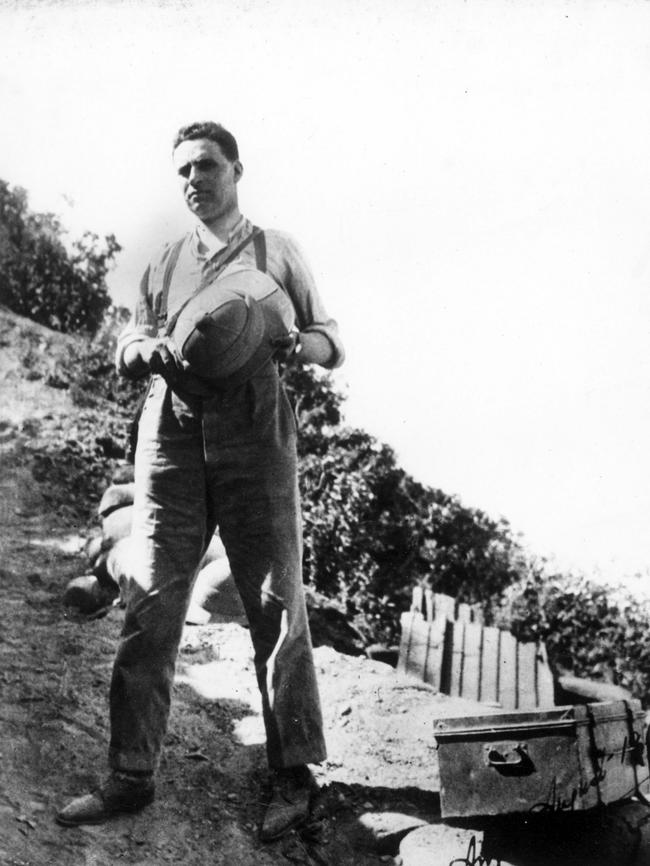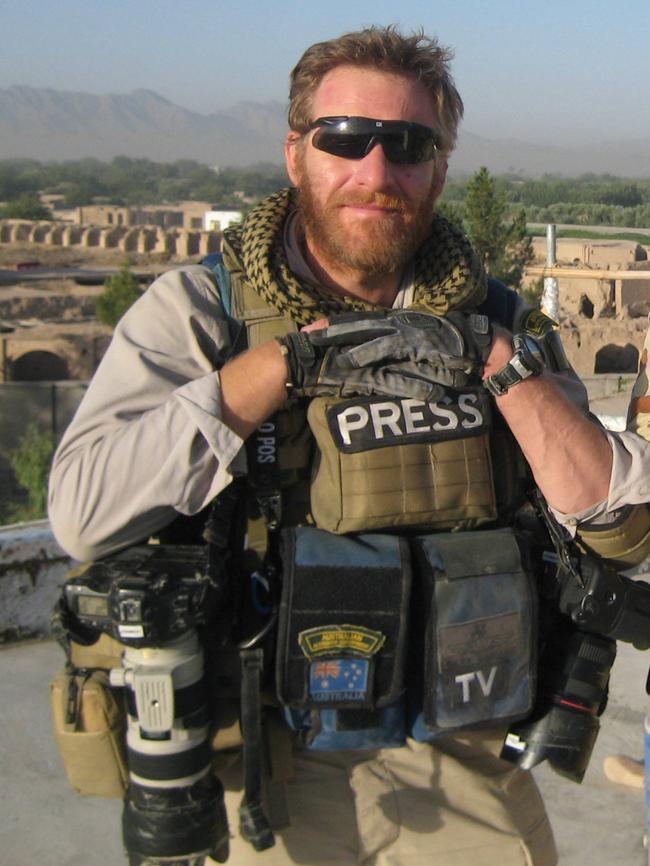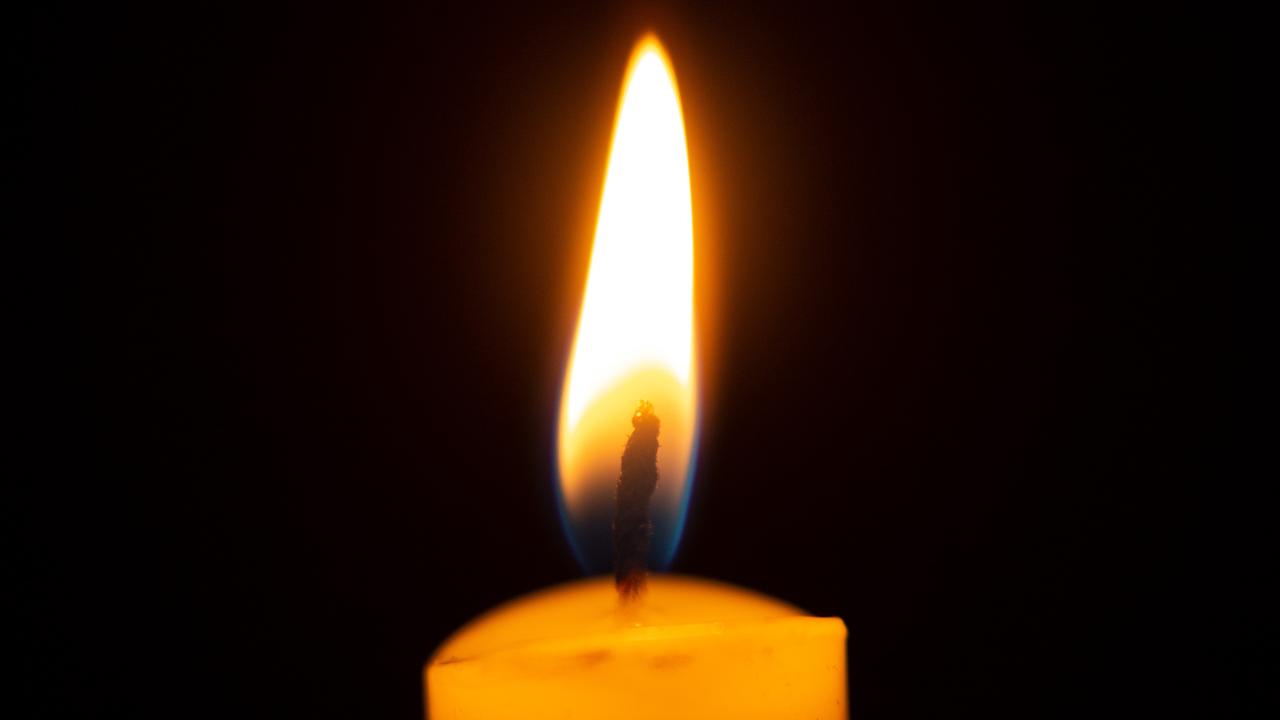The write stuff of war: Brave correspondents put themselves in harm’s way
DURING the Great War, Australians’ connection to their husbands and sons overseas was often via the reports of war correspondents.
ANZAC Centenary
Don't miss out on the headlines from ANZAC Centenary. Followed categories will be added to My News.
DURING the Great War, Australians’ connection to their husbands and sons overseas was often via the reports of war correspondents.
Two journalists, Keith Murdoch and Charles Bean, stand out as playing the most important role in bringing home news of our heroic men and women.
Bean was selected in 1914 as the Australian Journalists’ Association official war correspondent, but it was Murdoch who was able to better expose the excessive censorship that restricted what the correspondents could write.
“It was a very constrained role,” Professor Robin Prior of Adelaide University said. “Everything would go through censorship and, given the isolation, it was impossible to get anything back.”
After missing out on the official position, Murdoch was transferred to London in 1915 as managing editor of the United Cable Service.
Eventually he was granted permission to travel to Gallipoli by the commander of the Dardanelles campaign, Sir Ian Hamilton.


Murdoch, who was the father of Rupert Murdoch, executive chairman of News Corp, publisher of The Daily Telegraph, signed an agreement that he would not correspond by means other than those that had been officially sanctioned.
British correspondent Ellis Ashmead-Bartlett became a friend of Murdoch as both shared concerns of censorship to the general public.
Ashmead-Bartlett wrote a letter to then British prime minister Herbert Asquith outlining the truth about Gallipoli. Murdoch was given the letter to smuggle back to Britain, but was arrested.
Murdoch wrote his own article which was seen by the Australian and British prime ministers. It was his eye-opening revelations that led to the dismissal of Hamilton, and troops were evacuated in December.
Murdoch’s legacy lives on today in the work of Daily Telegraph photographer Gary Ramage, who has covered conflicts across the globe.
“We were in an Australian base in Afghanistan in 2009,” he said.
“It was pretty small, and rockets were fired on us. We were lucky to survive it really.”
Originally published as The write stuff of war: Brave correspondents put themselves in harm’s way


